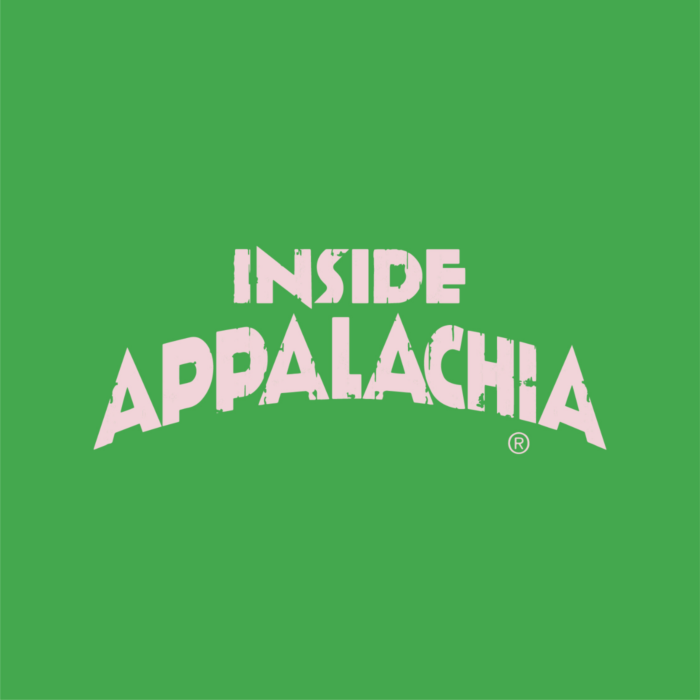Trail Group Holding Meetings To Update State Plan
West Virginia TRAIL is holding a series of meetings this fall to give the public a chance to weigh in on maintaining the state’s recreational trails.
Continue Reading Take Me to More News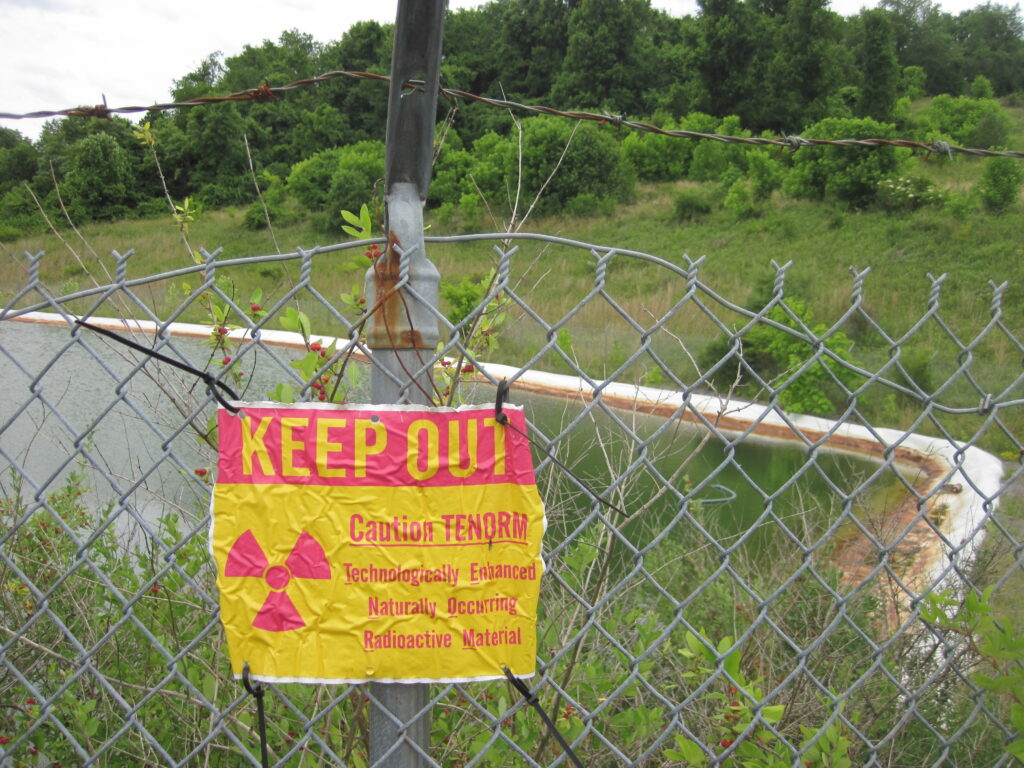
Step shows are a tradition at many historically Black universities, including schools in Appalachia. We hear about one that’s part of West Virginia State University’s annual homecoming celebration.
Abandoned industrial sites have long been a magnet for people to explore and turn into not-at-all-legal hangout spots, but some come with hidden dangers. We learn about the danger at Fairmont Brine, a site in West Virginia that processed liquid used in hydraulic fracking.
You’ll hear these stories and more this week, Inside Appalachia.
In This Episode:
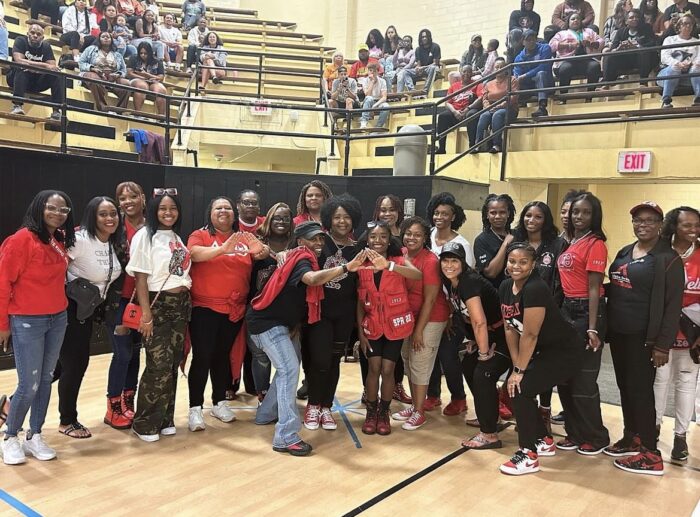
Fraternities and sororities at West Virginia State University (WVSU), one of the state’s two historically Black universities, introduced step dancing at the school decades ago. They made it part of the school’s annual homecoming celebration.
Folkways Reporter Traci Phillips has been attending step shows since she was a kid. Last fall, she brought along her 11-year-old daughter Jayli. They brought us the story.
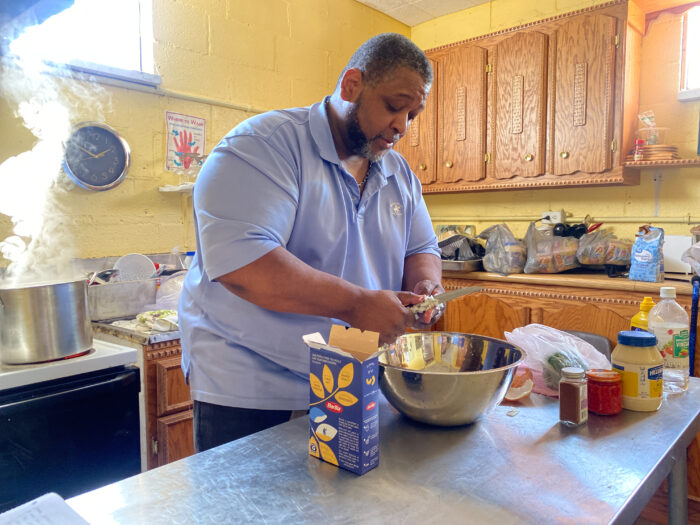
The Appalachian table is complex and varied. Along with biscuits and gravy, it includes things like collard greens, extra cheesy mac and cheese and fried chicken feet — soul food.
Soul food is associated with southern Black communities, but it’s also traditional to Appalachia, too.
Folkways Fellow Vanessa Peña visited with Xavier Oglesby, a master artist in soul food cooking from Beckley, West Virginia.
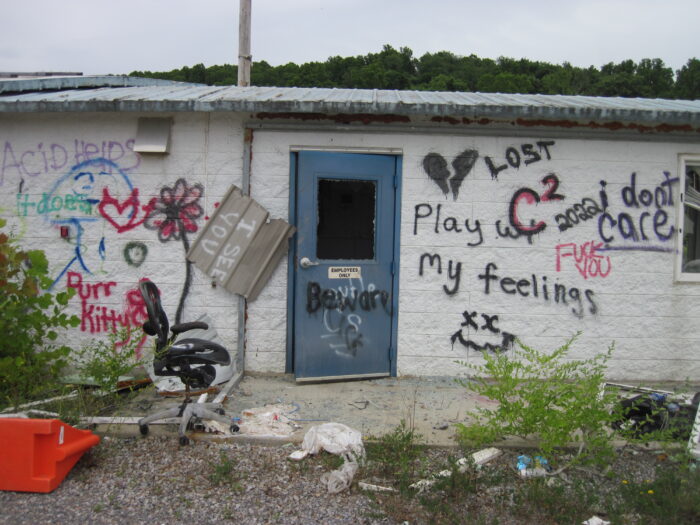
Starting in the late 2000s, parts of Appalachia saw a natural gas boom from hydraulic fracturing, also known as fracking. But, some of that faded and in some places, the oil and gas industry has left behind dangerous industrial sites — like Fairmont Brine in Marion County, West Virginia.
Left alone, the abandoned site became a popular hangout spot for unsuspecting young folks.
Justin Nobel, an investigative reporter, wrote about the issue for Truthdig. The story is titled “Inside West Virginia’s Chernobyl: A highly radioactive oil and gas facility has become a party spot in Marion County.”
Mason Adams spoke with Nobel about his investigation.
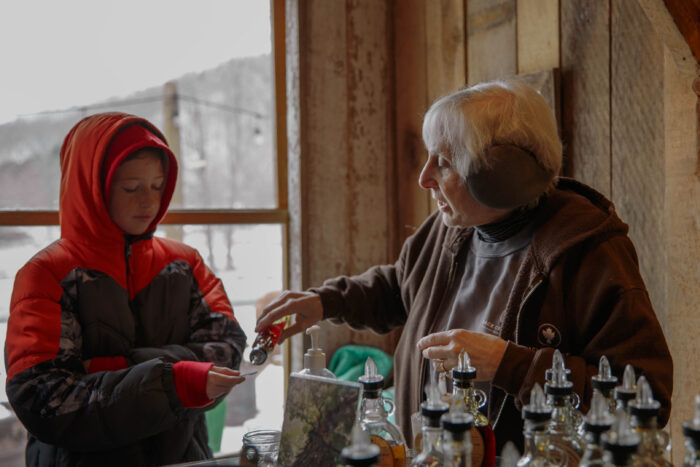
Highland County, Virginia and its neighbors in West Virginia are some of the southernmost places in the U.S. to make maple syrup.
Generations of people in these communities have turned tapping trees for syrup into a longstanding tradition — but modern producers are experimenting with new syrups while adapting to changing demands, and a changing climate.
Folkways Reporter Clara Haizlett brought us the story.
——
Our theme music is by Matt Jackfert. Other music this week was provided by Jeff Ellis, Tyler Childers, Amethyst Kiah, Joe Dobbs and the 1937 Flood and Frank George.
Bill Lynch is our producer. Zander Aloi is our associate producer. Our executive producer is Eric Douglas. Kelley Libby is our editor. Our audio mixer is Patrick Stephens.
You can find us on Instagram, Threads and Twitter @InAppalachia. Or here on Facebook.
Sign-up for the Inside Appalachia Newsletter!
Inside Appalachia is a production of West Virginia Public Broadcasting.
